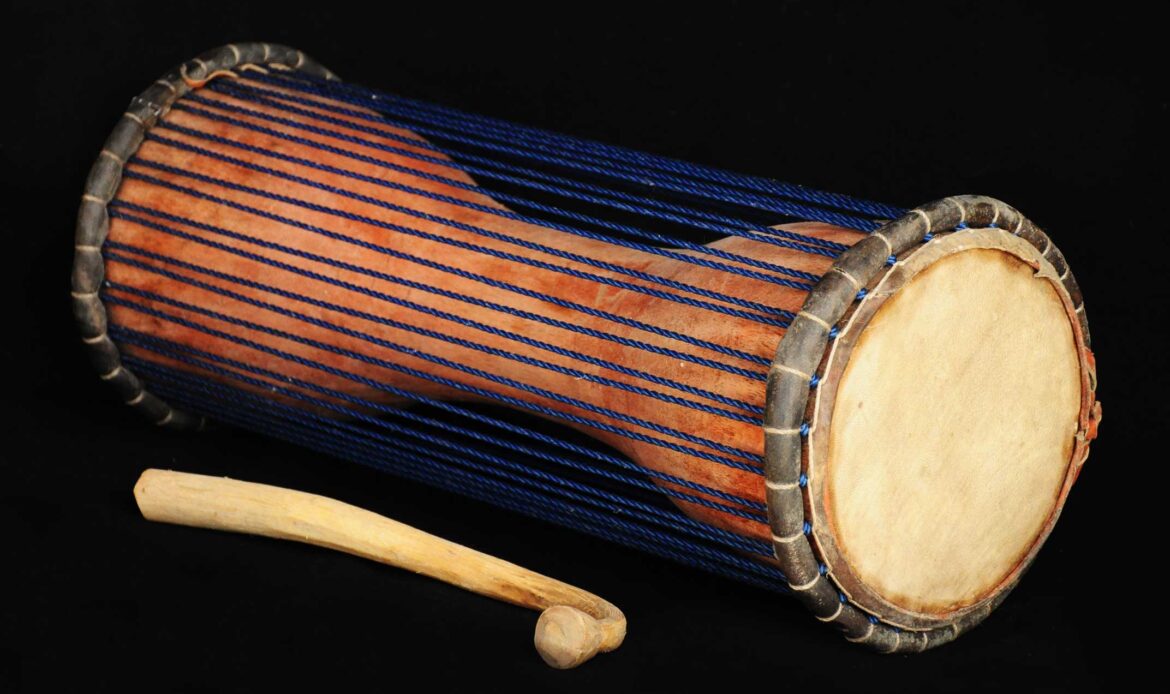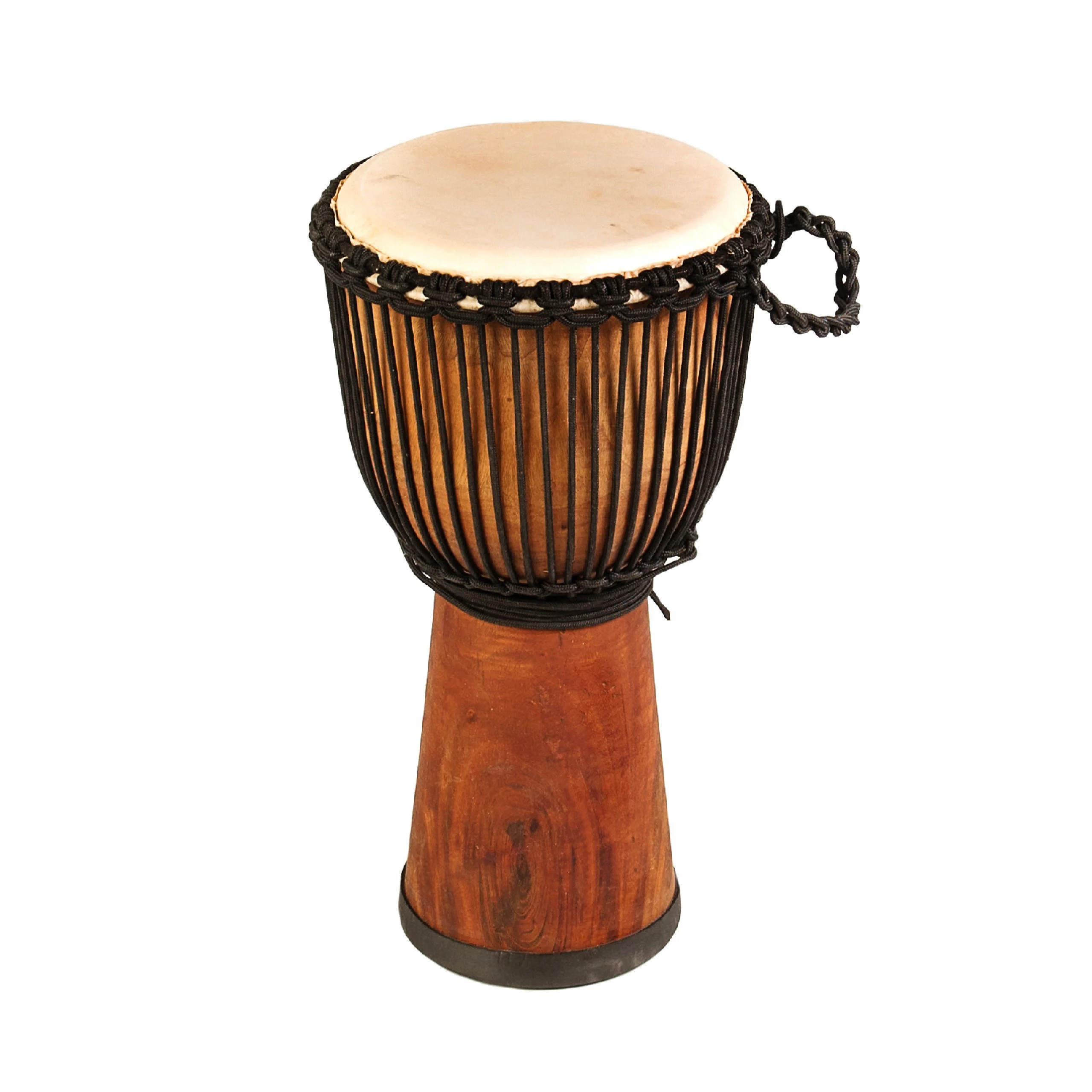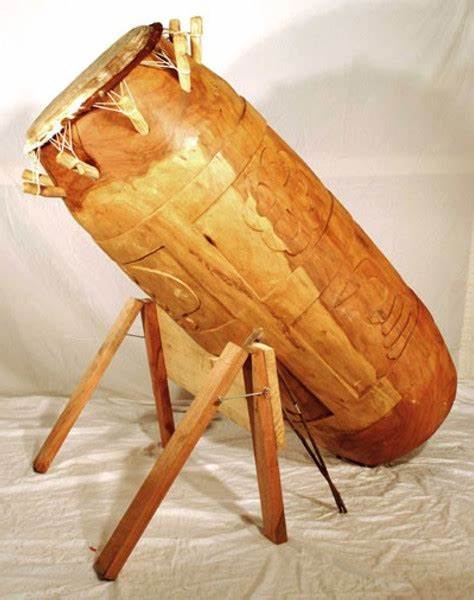There are few deeply ingrained and universally recognized symbols in Africa as the drums. The drum is more than just a musical instrument. For centuries, drums have played a significant role in the African community – socially, spiritually, and culturally. It has served as a tool for communication, expression, and connection.
We will examine the significance of drums in African tradition, from the beating heart of village celebrations to the sacred rituals of ancestral worship.
Cultural Heritage and Identity
It’s generally believed that Africa is the cradle of humanity. Therefore, it is reasonable if we conclude that music essentially formed a part of the African experience before the birth of many civilizations. Music is deeply woven into the fabric of African life, and drums are the primordial musical instruments.
The drum has been an integral part of African culture for a long time. It holds deep spiritual significance and represents the people’s cultural heritage. Each drum carries its people’s collective wisdom, history, and identity, serving as a tangible link to the past and a symbol of cultural pride and resilience in difficult times. The African people deeply connect to the drum, and its rhythmic beats resonate with them profoundly.
Read: The Different Types of Fila Worn by Yoruba Men
For instance, the Yoruba culture has a drum called “dùndún” that is an important part of their identity. It is shaped like an hourglass and is used to convey messages, make important announcements, and preserve oral traditions. To play it, the drummer squeezes the drum under their arm and strikes it with a curved stick. The drum produces a variety of tones that mimic human speech intonation.

Communication and Celebration
Drums have played a crucial role in African tradition as a means of communication. They use intricate rhythms, patterns, and beats to convey messages, announcements, and warnings across vast distances. Drums unite communities and facilitate dialogue in ways that transcend language barriers.
The djembe drum is a prime example of a communication drum, originating from the Malinke people of Mali. With its distinctive goblet shape and goat skin head, the djembe is played with bare hands, producing a wide range of tones and timbres. It is traditionally used in communal gatherings, celebrations, and storytelling sessions. The djembe drum is an assertive communication and expression tool, bringing people together in joyous celebration and solemn reflection.

Spiritual and Ceremonial Practices
Drums hold a special place in African spirituality. They are considered sacred instruments that connect the physical and spiritual worlds, allowing for the transmission of divine energy and ancestral wisdom. During rituals and ceremonies dedicated to honoring gods, spirits, and ancestors, drums are used to offer prayers, invoke blessings, and communicate with the divine.
The fontomfrom drum is a traditional instrument in the Ewe culture of Ghana. It is made from a single piece of wood and decorated with intricate designs. The drum is used during religious ceremonies, festivals, and funerals, as it is believed to connect the living with the spirit world. The powerful rhythms and melodies of the drum are thought to summon the spirits of ancestors, who offer guidance, protection, and blessings to the community. The fontomfrom drum is an important part of the cultural heritage of the Ewe people, and it is revered for its spiritual and ceremonial significance.

Healing and Therapeutic Purposes
Beyond the ceremonial and spiritual significance, drums also play a vital role in healing and therapeutic practices in many African cultures. The rhythmic vibrations of drumming are believed to profoundly affect the mind, body, and spirit, promoting relaxation, stress relief, and emotional catharsis.
Read: Akwa Ocha – The Symbol of Pride of Anioma Kingdom
For example, the mbira, also known as the thumb piano, is a traditional instrument used by the Shona people of Zimbabwe for healing and spiritual purposes. Consisting of metal tines attached to a wooden soundboard, the mbira is played by plucking the tines with the thumbs, producing melodic patterns that resonate with the earth’s natural rhythms. In traditional healing ceremonies, the mbira is used to induce trance states, facilitate energy flow, and restore harmony and balance to the individual and the community as a whole.

Preservation of Cultural Traditions
Drums have always been an essential part of African tradition, highlighting the strength and energy of indigenous cultures. Despite the impact of colonization, globalization, and assimilation, the drum remains a powerful symbol of African identity and heritage, preserving ancient wisdom and traditions for the future.
Through the continued practice of drumming and the passing down of oral traditions, African communities ensure that their cultural legacy remains alive and vibrant in the modern world.
